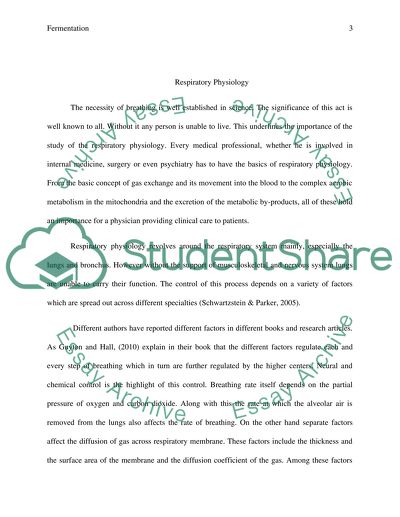Cite this document
(“Analysis of Respiratory Physiology Lab Report Example | Topics and Well Written Essays - 1000 words”, n.d.)
Retrieved from https://studentshare.org/biology/1436799-respiratory-physiology
Retrieved from https://studentshare.org/biology/1436799-respiratory-physiology
(Analysis of Respiratory Physiology Lab Report Example | Topics and Well Written Essays - 1000 Words)
https://studentshare.org/biology/1436799-respiratory-physiology.
https://studentshare.org/biology/1436799-respiratory-physiology.
“Analysis of Respiratory Physiology Lab Report Example | Topics and Well Written Essays - 1000 Words”, n.d. https://studentshare.org/biology/1436799-respiratory-physiology.


